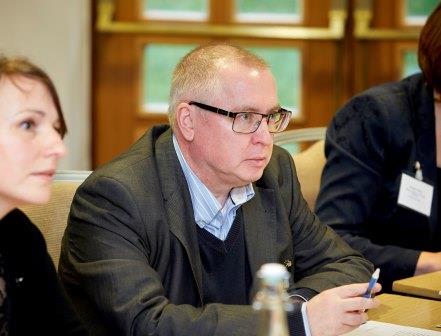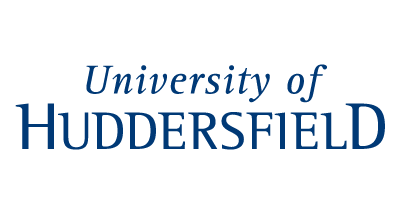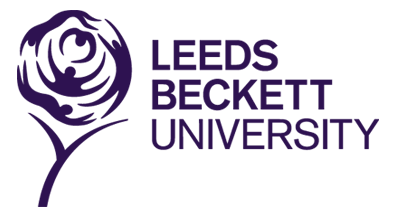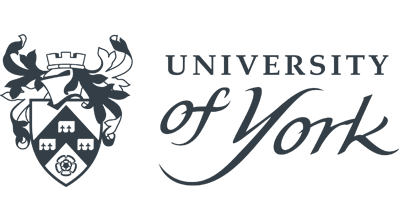Date published: 09/01/18

How can universities keep up with the changing face of research commercialisation?
Technology transfer from academia has come a long way in the last twenty years, but universities still need to be more imaginative and flexible in their business relationships, says Dr Nathaniel Milton, a Principal Lecturer at Leeds Beckett University.
Universities Minister, Jo Johnson, recently announced a new assessment framework for knowledge exchange within universities. Sitting alongside the Research and Teaching Excellence Frameworks, it aims to help universities adopt and share best practice on research commercialisation.
“The system as a whole needs to find a new gear”, according to Mr Johnson – and in many ways, he’s not wrong. Universities do need to adjust their thinking so that success is not so narrowly focused on the number of spinouts created, or the number of patents filed.
Commercialisation challenges
Within universities, there simply isn’t enough money available to take every patent through the grant phase and it can be difficult to make the case that your own research should take priority over other innovations. I’ve pursued commercial routes throughout my career, and there have been plenty of bumps in the road. Early on, we were working with a commercial company and had patents that we wanted to pursue in Europe, but the cost of taking those forward eventually led to them being abandoned.
Later on, I encountered difficulties when an institution where I was working was unable to reach a deal to license a technology which I had developed while working for a private company. It just wasn’t possible to reach a compromise over ownership of the rights.
At that time, I think there was a lot of inexperience in technology transfer within universities and this has improved an enormous amount over the past 20 years. But I certainly think that, in order to find that ‘new gear’ that Jo Johnson requires, universities still need to be more imaginative and flexible – as well as more responsive – in the way that they approach business relationships.
A new approach
Organisations like Translate are pivotal to both of these concerns. They’ve created an environment where academics are free to discuss ideas openly and can find the commercially relevant avenues for their research. Translate’s involvement at this early stage can mean research is better designed to attract both grant funding and commercial interest which, in turn can signal the potential of the innovation to the University’s research commercialisation teams.
But more than that, Translate is successful in building up networks that encompass both university and business partners and finding ways for those different groups to work together. That could be matching up commercially-minded academics with shared research interests, or it could be helping researchers at different universities progress innovations by sharing equipment and expertise. Translate provides a central point to bring together not only the researchers, but also the commercial teams at different institutions and – where relevant, introducing industry partners.
Translate in practice
In my case, this approach has already led to two significant projects. My research aims to identify compounds that could be significant in the diagnosis and treatment of Alzheimer’s disease and through Translate, I’ve started working with partners at University of Huddersfield who have an interest in markers for ovarian cancer. I’ve some experience of working in this area, and have seen a problem with existing assays that I think we can solve.
In the second project, also with the Huddersfield team, we’re looking at ways of measuring cannabinoids in saliva. Cannabinoids are chemical compounds, which most people recognise as being found in cannabis plants – but they’re also produced in the body, and are known to play a role in regulating some physiological and cognitive processes. They seem to be beneficial in patients with Alzheimer’s and we want to find out more about this. The challenge is to find a way of testing the levels of these compounds in a way that is not distressing for the patient. A biochemical marker in saliva could be used to monitor cannabinoid levels in patients which could, in turn, give us clues about how a patient’s dementia is progressing.
The key to success in treating Alzheimer’s – and other types of dementia – is going to be early diagnosis: finding, and then manipulating the complex biochemical interactions that lie behind these conditions. To do that successfully, we have got to focus not just on our academic and commercial relationships and collaborations, but on patient groups too. Translate offer training on how to do this and, having gone through that process, I can see how important the involvement of patients and carers is to the design of successful research programmes. It’s an aspect that I think is often overlooked, but should surely also be a fundamental part of universities’ knowledge exchange strategies.
Dr Nathaniel Milton, School of Clinical & Applied Sciences, Leeds Beckett University
Evaluative and Enabling TechnologiesImaging and DiagnosticsRehabilitation and Assistive Technology






